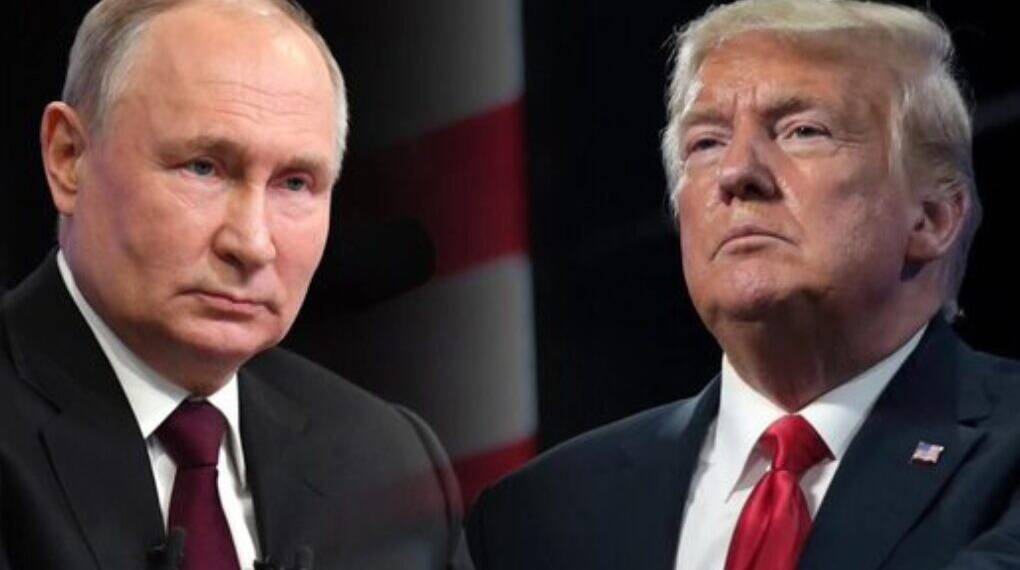Tensions between the United States and Russia reached a new high on Wednesday after President Vladimir Putin ordered large-scale nuclear drills only hours after U.S. President Donald Trump canceled a planned peace summit aimed at ending the war in Ukraine.
The move was swiftly followed by Washington imposing sanctions on Russia’s two largest oil companies, Rosneft and Lukoil, escalating the geopolitical confrontation between the two powers.
Russia Flexes Nuclear Muscle
According to the Russian Defense Ministry, under the command of Supreme Commander-in-Chief Vladimir Putin, the Strategic Nuclear Forces conducted comprehensive training exercises involving land-, sea-, and air-based components of the country’s nuclear triad. The exercises included the launch of both intercontinental ballistic missiles (ICBMs) and air-launched cruise missiles, simulating a strategic nuclear strike scenario.
The drills featured the launch of an RS-24 Yars ICBM (NATO designation SS-29 or SS-27 Mod) from the Plesetsk State Cosmodrome in western Russia to the Kura test range in Kamchatka, covering nearly 6,000 kilometers across the Russian mainland. The Yars missile, a three-stage solid-fuel weapon, has a maximum range between 11,000 and 12,000 kilometers and is capable of carrying multiple independently targetable reentry vehicles (MIRVs).
Another missile launched during the exercises was the R-29RMU2 Sineva, a submarine-launched ICBM (NATO designation SS-N-23 Skiff) fired from the nuclear-powered submarine Bryansk in the Barents Sea. The liquid-fueled missile can travel up to 8,300 kilometers and is equipped to carry between four to ten nuclear warheads, each with yields ranging from 100 to 500 kilotons.
The air component of the exercise saw a Tupolev Tu-95MS strategic bomber (NATO designation “Bear”) launch cruise missiles from Russian airspace, marking a rare instance of all three legs of Moscow’s nuclear triad participating simultaneously in a single drill.
U.S. Responds With Fresh Sanctions
Within hours of the Russian drills, the Trump administration unveiled a new wave of sanctions targeting the backbone of Russia’s energy sector. The U.S. Treasury Department announced restrictions on oil giants Rosneft and Lukoil, citing their role in financing Moscow’s military operations in Ukraine.
“Given President Putin’s refusal to end this senseless war, Treasury is sanctioning Russia’s two largest oil companies that fund the Kremlin’s war machine,” said Treasury Secretary Scott Bessent. The measures mark the first sanctions imposed on Russia by the Trump administration since the former president returned to office as the 47th President of the United States.
The sanctions are designed to block transactions with U.S. entities, freeze assets under American jurisdiction, and restrict access to international financial networks, effectively tightening the financial noose around Moscow’s war economy.
Trump Frustrated Over Stalled Peace Efforts
The latest developments followed President Trump’s abrupt cancellation of a highly anticipated summit with Vladimir Putin, originally scheduled to take place in Budapest, Hungary. The meeting, announced earlier on October 16, was intended to lay the groundwork for a possible ceasefire in Ukraine. However, Washington scrapped the plan after Moscow refused to halt its military offensive.
Explaining his decision, Trump told reporters at the White House, “We canceled the meeting with President Putin — it just didn’t feel right to me. It didn’t feel like we were going to get to the place we have to get. So I canceled it, but we’ll do it in the future.”
He added, “Every time I speak to Vladimir, I have good conversations and then they don’t go anywhere. They just don’t go anywhere.”
Ukraine Under Relentless Assault
Even as diplomatic efforts faltered, Russian drones and missiles continued to rain down on Ukraine. Reports from Kyiv confirmed multiple strikes on residential and administrative buildings on Wednesday night, following an earlier wave of attacks that left parts of the capital without power. Several other Ukrainian cities also came under missile fire as Moscow pressed ahead with its campaign to cripple Ukraine’s infrastructure ahead of the winter months.
Escalation Signals a New Phase
The sequence of events — the cancellation of the Trump-Putin summit, Russia’s nuclear drills, and the swift imposition of U.S. sanctions — underscores the growing volatility in global security dynamics. Analysts warn that the return of nuclear brinkmanship could deepen divisions between Washington and Moscow and derail any near-term prospects for peace in Eastern Europe.
With both sides signaling defiance, the prospects for renewed diplomacy remain uncertain, raising fears of a prolonged standoff with global economic and strategic repercussions.








